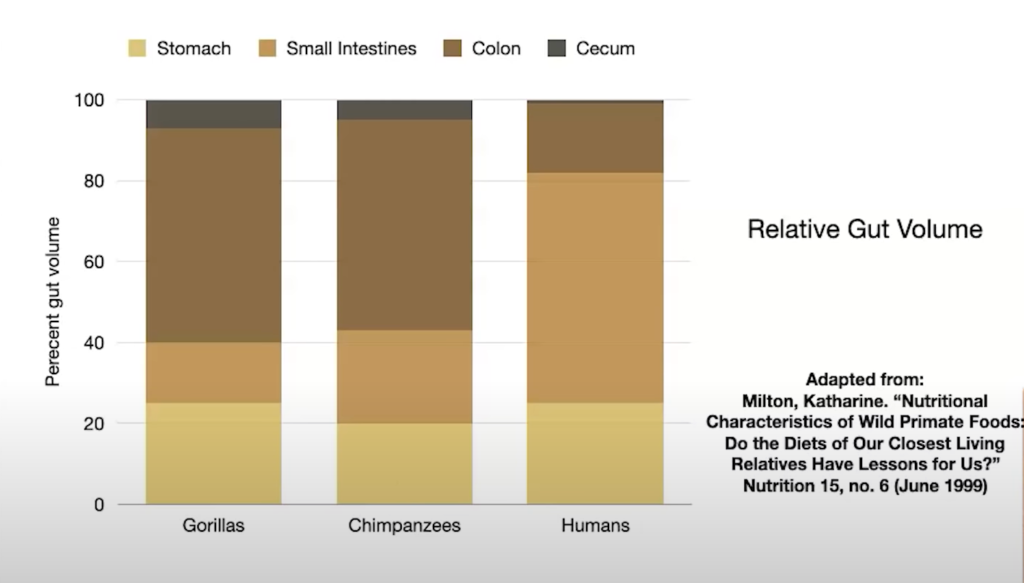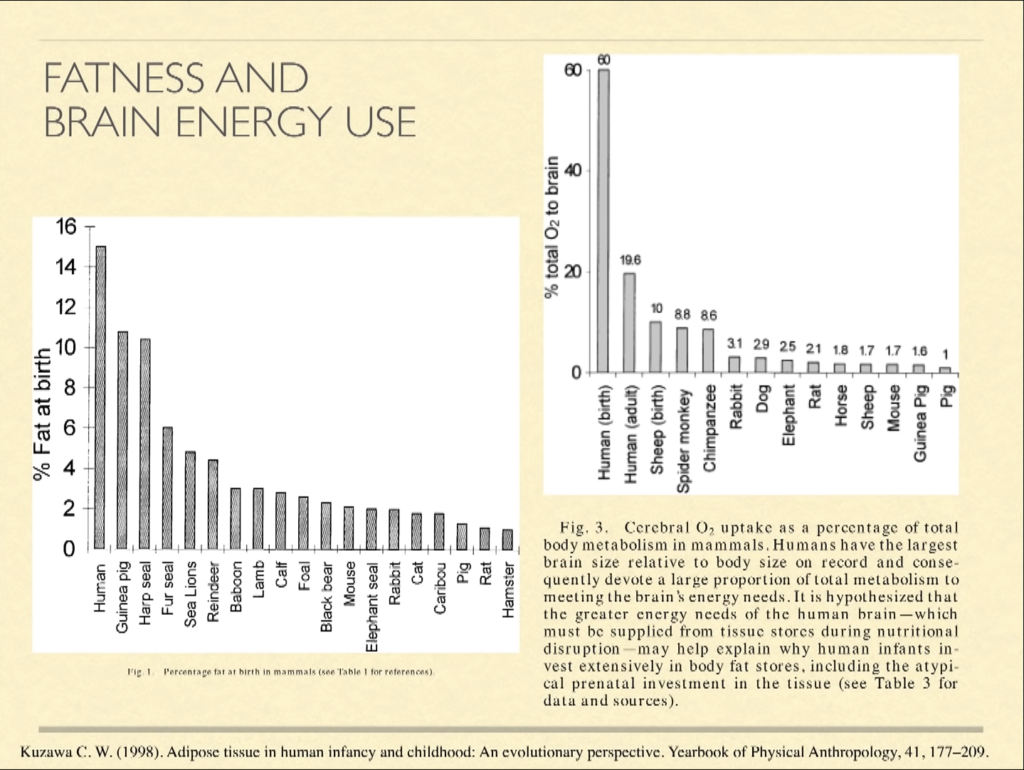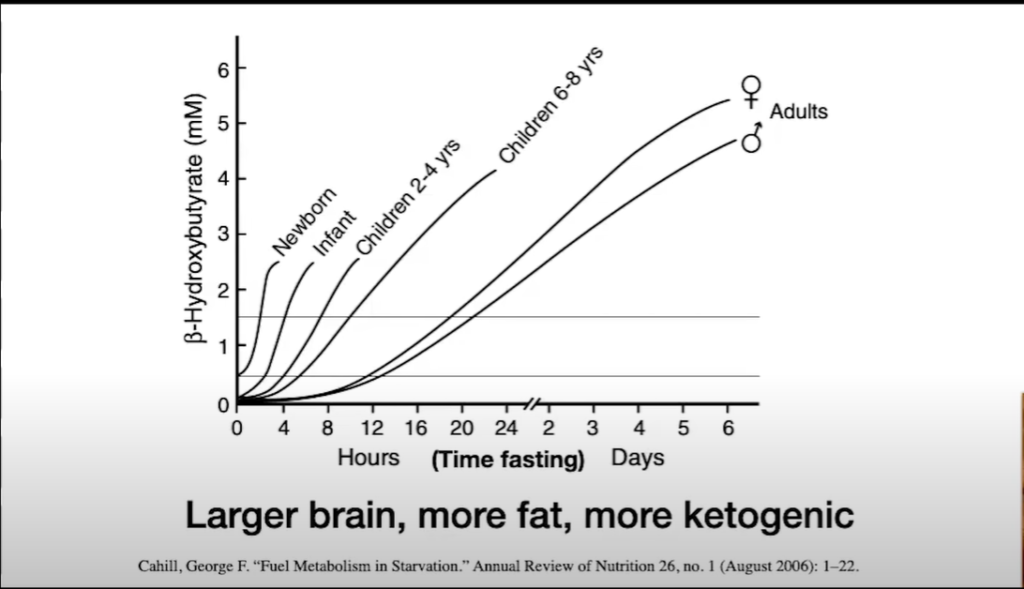Previously, I have discussed the fact that mammals across the spectrum get over 70% of their energy from fats.
So in some sense, we could consider ourselves lipovores. Let us explore why that might be significant.
Energy constraints
Both the brain and the gut are very metabolically expensive tissues to operate. We traded in organ real estate from the gut for the brain. However, in order to maintain such an energy intensive organ with less digestive power in the gut, we needed an energy dense substrate to fuel it.


The way that herbivores typically extract energy from food is relatively low yield, thus they have to spend a significant portion of their time grazing to reach their energy needs. Humans distinctly lack much of the hindgut(colon and cecum) where fermentation of plant fibers usually occur for our primate relatives. Our physiology fundamentally means we are no longer able to rely on microbes in the gut to produce the amount of SCFA(Short Chain Fatty Acids) we need. We neither have the room to house them nor the time to spend continuously eating fibers to feed them. So, it is either highly processed carbohydrates that are easier to absorb than from plant matter or fats that can make up for the deficit in digestion, fats being the superior option.
Since fats are energy dense, consuming fats would have played a major role in evolving larger brains before the advent of cooking. Our ancestors were able to tap into a energy reserve that other animals could not access, within marrow and skulls. Importantly, the material inside the bone would stay fresh for much longer as they were not exposed to the elements.
Crucially, these animal sourced fats contain the omegas DHA and ARA, which are fundamental in building and maintaining the brain.
Adipose tissue
Humans are exceptionally fatter than other animals, even the leanest human adults and children.

The large fat stores that surpass even that of a seal pup’s is most likely for maintaining the high amounts of energy required by the developing brain.
Having large fat reservoirs makes the transition to ketone metabolism happen much more readily. Many other animals might have high levels of fat as their main source of energy, however few actually enter ketosis substantially, if at all. Humans uniquely have the ability to readily enter ketosis, especially in early years of life.

Incidentally, the brain is made from ketones as fats cannot pass the blood brain barrier while ketones can. So babies are essentially switching into ketosis for the expansion of brain growth. That is why human babies are so fat compared to other species. Having vast fat stores available to metabolize into ketones for rapid brain growth was what allowed for the development of our larger brains and increased intelligence. Since babies are so adapted to using fat, it should not be a stretch to think that adults who are also relatively fatter than other animals work in a similar fashion.
TL;DR
The fact that the brain is made primarily from fat, it necessitates a certain consumption of fat to construct it, especially the omegas DHA and ARA. The fat had to have come from animal sources because the DHA has to be eaten directly as we have very limited ability to produce it from its precursors. In addition, by the very nature of how energy intensive a brain is and how we traded off gut tissue for the brain, we have to had access to an energy dense substrate. Fat appropriately bridges that gap. And as discussed, key parts of our physiology demonstrate our unique affinity for using fats as a major component of our metabolic processes. Therefore, we should consider fat our main macro of choice.
Other Resources:
L. Amber O’Hearn – ‘The Lipivore: What is Fat for?’
3. Dawn of the Stone Age – OUT OF THE CRADLE [人類誕生CG] / NHK Documentary
Bone Marrow Delicacy | Tribe | BBC Studios
Michael Crawford at GOED Exchange
Papers:
